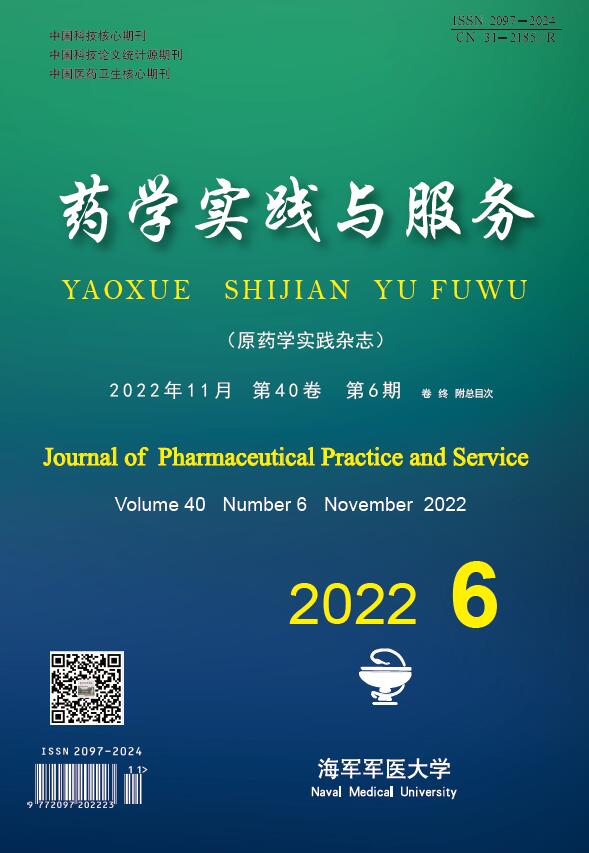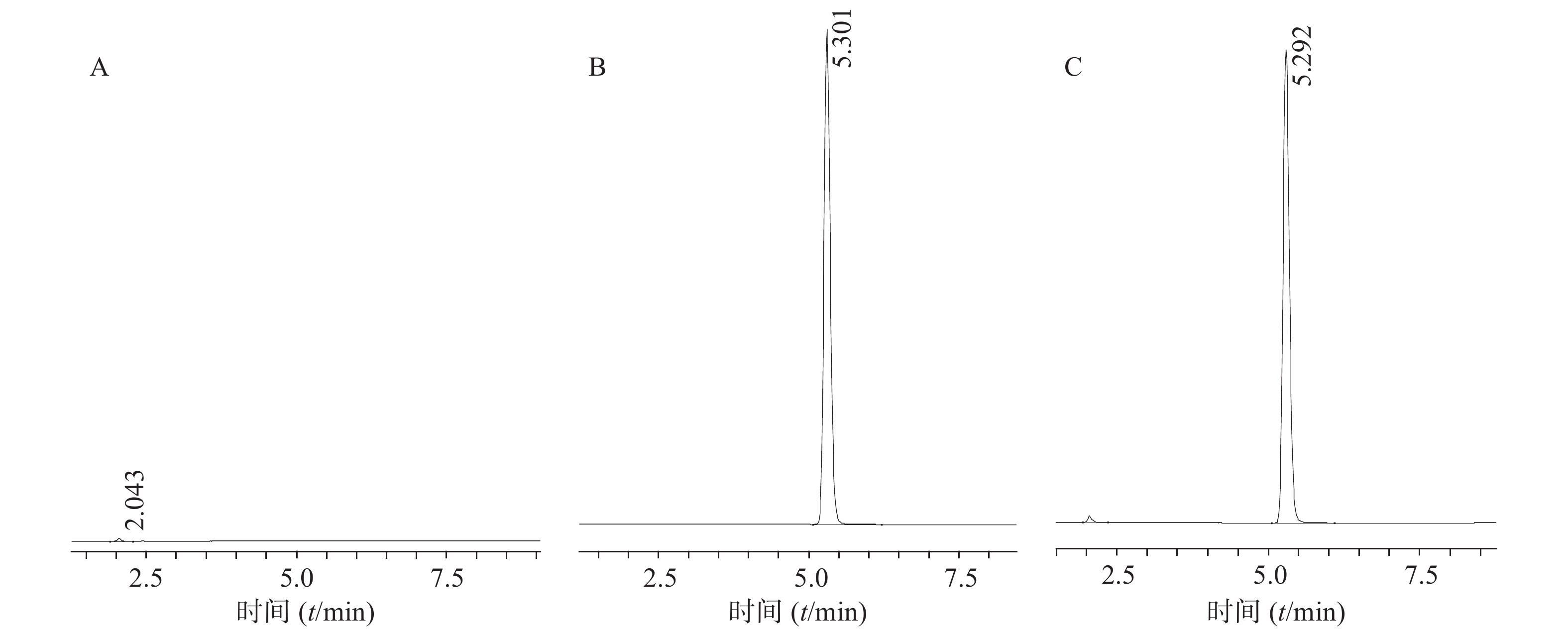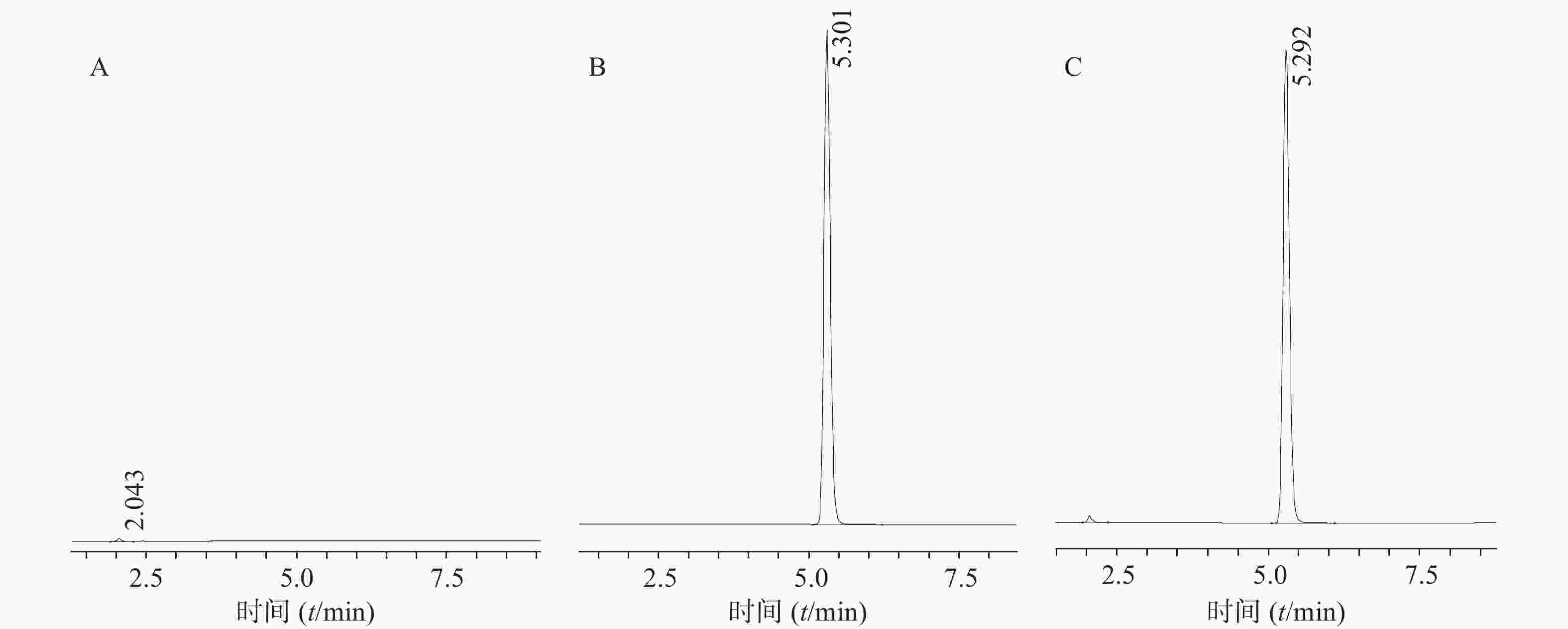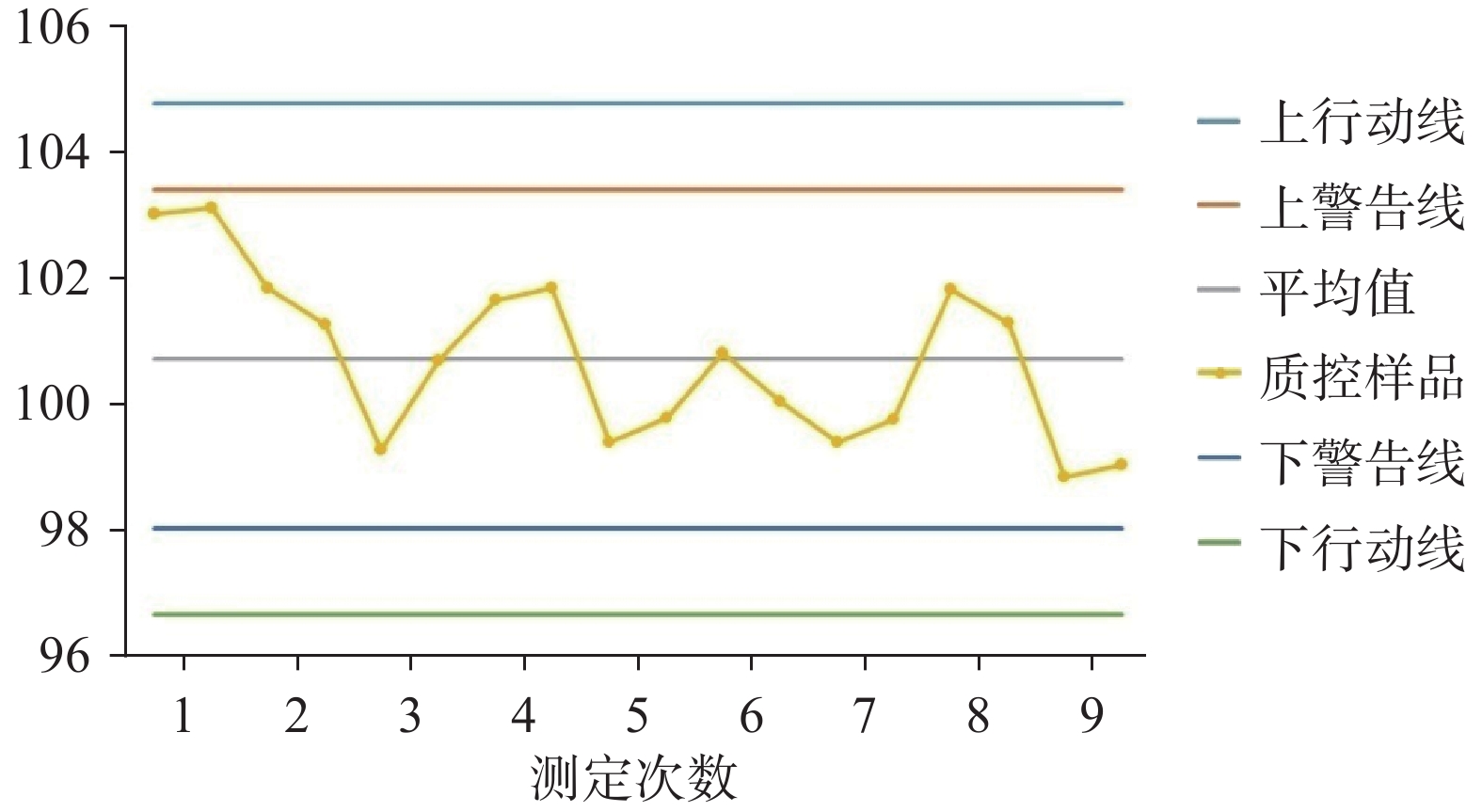-
高寒地区战斗的特殊自然地理环境对战斗行动带来了很大的影响,人员极易冻伤,易患皮肤病、感冒和雪盲等病症,伤病员救治和后送任务重,后勤保障任务艰巨复杂[1]。因此,高原高寒环境对驻训的野战卫生装备的运输、机动、使用有特殊的要求[2]。药材保障是影响救治的主要因素之一,如此极端的环境对官兵野外训练和作战的药品保障也是一种极大的考验。
甲硝唑是一种抗厌氧菌和抗滴虫药,主要用于治疗或预防厌氧菌引起的系统或局部感染,治疗破伤风常与破伤风抗毒素(TAT)联用[3]。作为一种抗菌药物,在战争条件下是不可或缺的。它主要的剂型为片剂和注射液,而注射液在严寒环境下容易冻结,应模拟药品在运输与使用过程中可能碰到的温度条件进行热循环考察以评价药品的稳定性[4]。本研究从药材保障实际需求出发,对模拟严寒环境下的甲硝唑氯化钠注射液的稳定性进行考察,可为同类药品暴露在极端严寒环境下的储存和使用提供数据支持。
质控图是指对过程质量加以测定、记录从而评估和监察过程是否处于控制状态的一种统计方法设计的图,是实验室进行内部质量控制的重要工具之一[5]。质控图可以直观地反映检测过程的状态,对于检测实验室宏观的、长期的质量控制有着重要的意义。本研究利用质控图对甲硝唑氯化钠注射液的含量测定结果进行分析,能够及时发现实验过程中的异常,以便采取相应的纠正措施和预防措施,保证药物质量检验的可控。
-
LC-20A液相色谱仪(日本岛津公司),分析软件为LabSolutions;AUW/220D型十万分之一电子天平(日本岛津公司);BPS-50CH恒温恒湿箱、DZG-6020型真空干燥箱(上海一恒公司);HHS型电热恒温水浴锅(上海博迅公司);BCD-247e型美的冰箱。
-
甲硝唑氯化钠注射液(批号:719082601;规格:100 ml含甲硝唑0.5 g、氯化钠0.8 g;浙江天瑞药业有限公司);甲醇(色谱纯,国药试剂公司);甲硝唑对照品(批号:100191-201804;含量100%;中国食品药品检定研究院);水为娃哈哈纯净水。
-
将甲硝唑氯化钠注射液放置于−20 ℃冰箱冷冻后,分别在室温,40 ℃恒温,60 ℃水浴条件下解冻,具体条件如表1所示,其中基于运输条件考虑模拟环境的样品在每次冻融循环后分别取样,基于使用条件考虑模拟环境的样品分别在第3、6、9、12、15、18次冻融循环后取样测定[6]。
模拟环境 冷冻条件 解冻条件 循环次数 基于运输条件 −20 ℃冷冻2 d 40 ℃恒温解冻2 d 3次 基于使用条件 −20 ℃冷冻1 d 室温解冻至完全 18次 60 ℃水浴解冻至完全 -
色谱柱为Agilent Extend C18 (250 mm×4.6 mm,5 μm);流动相为甲醇-水(20:80,V/V);检测波长320 nm;流速1.0 ml/min,进样体积10 μl。
-
将甲硝唑对照品置于105 ℃下干燥2 h,取10 mg精密称定,置于10 ml容量瓶中,用流动相稀释并定容,即得浓度为1.0 mg/ml的甲硝唑对照品溶液。
-
精密移取甲硝唑氯化钠注射液0.5 ml置于10 ml量瓶,用流动相稀释并定容,即为供试品溶液。
-
分别取对照品溶液及供试品溶液各10 μl,按“2.2”项下的色谱条件进样分析,结果如图1所示,供试品溶液在与对照品溶液对应位置出现相对应的色谱峰,空白溶剂无干扰,方法专属性良好。
-
将“2.3”项下制备的对照品溶液依次稀释,配制成浓度分别为0.010、0.050、0.125、0.250、0.500、1.000 mg/ml的系列溶液,作为线性工作溶液。按“2.2”项下色谱条件,浓度由低到高依次进样,以甲硝唑对照品的浓度(X,mg/ml)为横坐标,峰面积(Y)为纵坐标,进行线性回归,得到回归方程Y=31387979 X+0.1903,r=1.000,结果表明,甲硝唑在0.010~1.000 mg/ml范围内与峰面积呈良好的线性关系。
-
取甲硝唑对照品溶液适量(0.25 mg/ml),按“2.2”项下色谱条件在1 d以内连续进样6次,以及连续3 d分别进样,根据所得峰面积分别考察日内精密度和日间精密度。结果显示,日内精密度RSD为0.24%;日间精密度RSD为1.06%,表明方法的精密度良好。
-
精密量取甲硝唑氯化钠注射液样品6份,各0.5 ml,按“2.4”项下方法分别制成供试品溶液,按“2.2”项下色谱条件测定。结果显示每100 ml注射液中甲硝唑的平均含量为0.504 g,RSD为1.26%,表明方法的重复性良好。
-
取同一份供试品溶液,在室温下放置0、3、6、9、12、18、24 h后,分别按“2.2”项下色谱条件进样分析,考察溶液的稳定性,结果显示RSD为0.05%,表明供试品溶液在室温条件下24 h内稳定。
-
取已知含量的甲硝唑样品0.2 ml(含甲硝唑0.1 mg)共9份,每3份为1组,按低、中、高3个水平分别加入适当浓度的对照品溶液(相当于样品中含量的80%、100%、120%),按“2.2”项下色谱条件进样分析,结果显示甲硝唑的平均回收率为101.03%,RSD为1.17%(n=9)。
-
取不同冻融条件下的甲硝唑氯化钠注射液,按“2.4”项下方法制备供试品溶液,进样测定,以外标法分别计算各样品中甲硝唑的含量,结果如表2所示。
冻融条件 冻融循环周期 0 1 2 3 6 9 12 15 18 室温解冻 100.8 − − 101.68 101.20 100.92 96.92 96.16 95.84 60 ℃水浴解冻 − − 100.84 98.88 100.84 101.04 100.84 101.36 40 ℃恒温解冻 99.80 99.16 100.40 − − − − − 注:“−”表示无测定值。 -
收集室温保存下连续9 d的供试品含量测定数据(按标示量计),结果依次为 103.02、103.13、101.84、101.27、99.29、100.69、101.65、101.84、99.39、99.79、100.82、100.06、99.39、99.77、101.82、101.29、98.84、99.03。根据测定结果计算均值(X)=100.72,标准偏差(σ)=1.35,X+2σ=103.42 ,X−2σ=98.02,X+3σ=104.77,X−3σ=96.67。
-
以测定次序为横坐标,测定结果为纵坐标,X(均值)为中心线,(X±2σ)为上下警告限,(X±3σ)为上下行动限,绘制控制图,并将每次测定质控样品的结果按测定次序标注在控制图上,如图2所示。各数据点均在上下行动限内,也未出现常规控制图判异准则里规定的8种情形,不存在异常的趋势[7]。因此,该图可用于甲硝唑氯化钠注射液日常检测过程质量控制。
-
质控图绘制完成后,对不同冻融条件下的甲硝唑氯化钠注射液样品进行含量测定,每测定一个条件的样品时,同时测定质控样品(正常条件储存),用于判断检测是否处于控制状态。每3个冻融循环后的分别测定样品含量,18次循环后共测定6次,将各条件下的数据标于控制图中,如图3所示。质控样品均在上下警告线内,且波动较小,说明检测过程的质量处于较好的水平控制中,样品的检测结果准确可靠。室温下解冻的样品在第4次测定(12次冻融循环)开始位于下警告线外,第5次测定(15次冻融循环)后位于下行动线外,说明室温解冻条件下12次冻融循环后的检测已属于失控状态,应查明原因;60 ℃水浴解冻的样品所有测试数据均在上下警告线内,表明甲硝唑的含量处于可控状态。
-
新药研究过程中在设计药品的稳定性考察实验方案时,往往会通过一系列的影响因素试验来选定药品的包装与储存条件,但经常会忽略一些特殊的药品在运输或使用过程中因为温度的变化而可能给产品的质量所造成的不利影响。美国FDA的稳定性指导原则中提出对于易发生物相分离、黏度减小、沉淀或聚集的药品需通过热循环实验来验证其运输或使用过程中的稳定性[8]。对于可能暴露于冰点以下的药品,热循环实验应包括3次循环,每次循环应在−20~−10 ℃冷冻2 d,然后在40 ℃加速条件下考察2 d。因此,本项目采取−20 ℃冷冻2 d,40 ℃加热2 d,循环3次来考察甲硝唑在运输过程中的稳定性。
甲硝唑氯化钠注射液作为常规的战备液体药品,在高原寒区保障使用过程中,冻结无法避免,在不影响药品质量的前提下如何快速解冻是影响药品安全性和有效性的重要因素之一。本研究从实际应用的角度出发,考察了室温、60 ℃水浴解冻以及冻融次数对质量稳定性的影响,结果表明,60 ℃水浴解冻的样品含量虽然出现了波动,但始终在上、下警告线之内,并且其pH值和有关物质也没有发现明显的变化,表明该条件下的反复冻融对甲硝唑氯化钠注射液的稳定性影响较小。相比之下,室温解冻的样品在12次冻融后出现了针状结晶,其原因可能是室温解冻使得样品缓慢到达并通过最大冰晶生成带,而导致结晶的形成。在15次冻融后出现含量低于质控图下行动线的现象,并且我们将出现针状结晶的样品通过反复振荡,待结晶消失后再进行测定,其含量没有显著变化(依旧低于下警告线),说明室温解冻对甲硝唑氯化钠注射液的稳定性有更大的影响。
本研究以甲硝唑氯化钠注射液为例对液体药品的冻融稳定性进行研究,结果表明不同的冻融条件会影响甲硝唑氯化钠注射液的稳定性,在严寒地区使用时应当尽量减少其冻融次数,避免室温解冻。本研究可为液体药物的冻融研究提供方法借鉴,并为优化严寒地区的药材保障提供数据支持。
Freeze/thaw stability and quality control chart analysis of metronidazole sodium chloride injection
doi: 10.12206/j.issn.2097-2024.202105136
- Received Date: 2021-05-31
- Rev Recd Date: 2022-02-19
- Available Online: 2022-11-28
- Publish Date: 2022-11-25
-
Key words:
- metronidazole sodium chloride injection /
- freeze/thaw test /
- HPLC /
- extreme cold environment /
- quality control chart
Abstract:
| Citation: | ZHU Dianqian, LI Ruimin, LI Ling. Freeze/thaw stability and quality control chart analysis of metronidazole sodium chloride injection[J]. Journal of Pharmaceutical Practice and Service, 2022, 40(6): 532-535. doi: 10.12206/j.issn.2097-2024.202105136 |











 DownLoad:
DownLoad:

